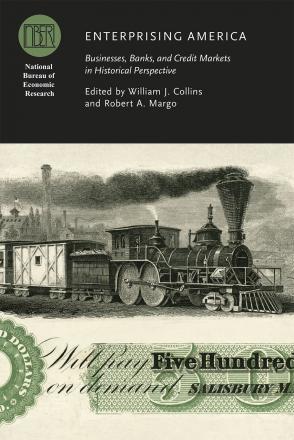Economies of Scale in Nineteenth-Century American Manufacturing Revisited: A Resolution of the Entrepreneurial Labor Input Problem

In a classic paper, Kenneth Sokoloff argued that the labor input of entrepreneurs was generally omitted from the count of workers in manufacturing establishments in the early US censuses of manufacturing. This biased downward econometric estimates of economies of scale if left uncorrected. As a fix Sokoloff proposed a “rule of thumb” imputation for the entrepreneurial labor input. Using establishment level manufacturing data from the 1850-80 censuses and textual evidence I argue that, contrary to Sokoloff’s claim, the census did generally include the labor of entrepreneurs if it was economically relevant, so Sokoloff’s imputation is not warranted for these census years. However, like Sokoloff I find that the census understated the labor input in small relative to large establishments, but for a different reason. The census purported to collect data on the average labor input, but it most likely measures the typical number of workers present. For very small establishments the reported typical number of workers is biased downwards relative to a true average but this is not so for large establishments. Therefore, the early censuses of manufacturing overstated labor productivity in small relative to large establishments but the size of the bias is smaller than alleged by Sokoloff.


